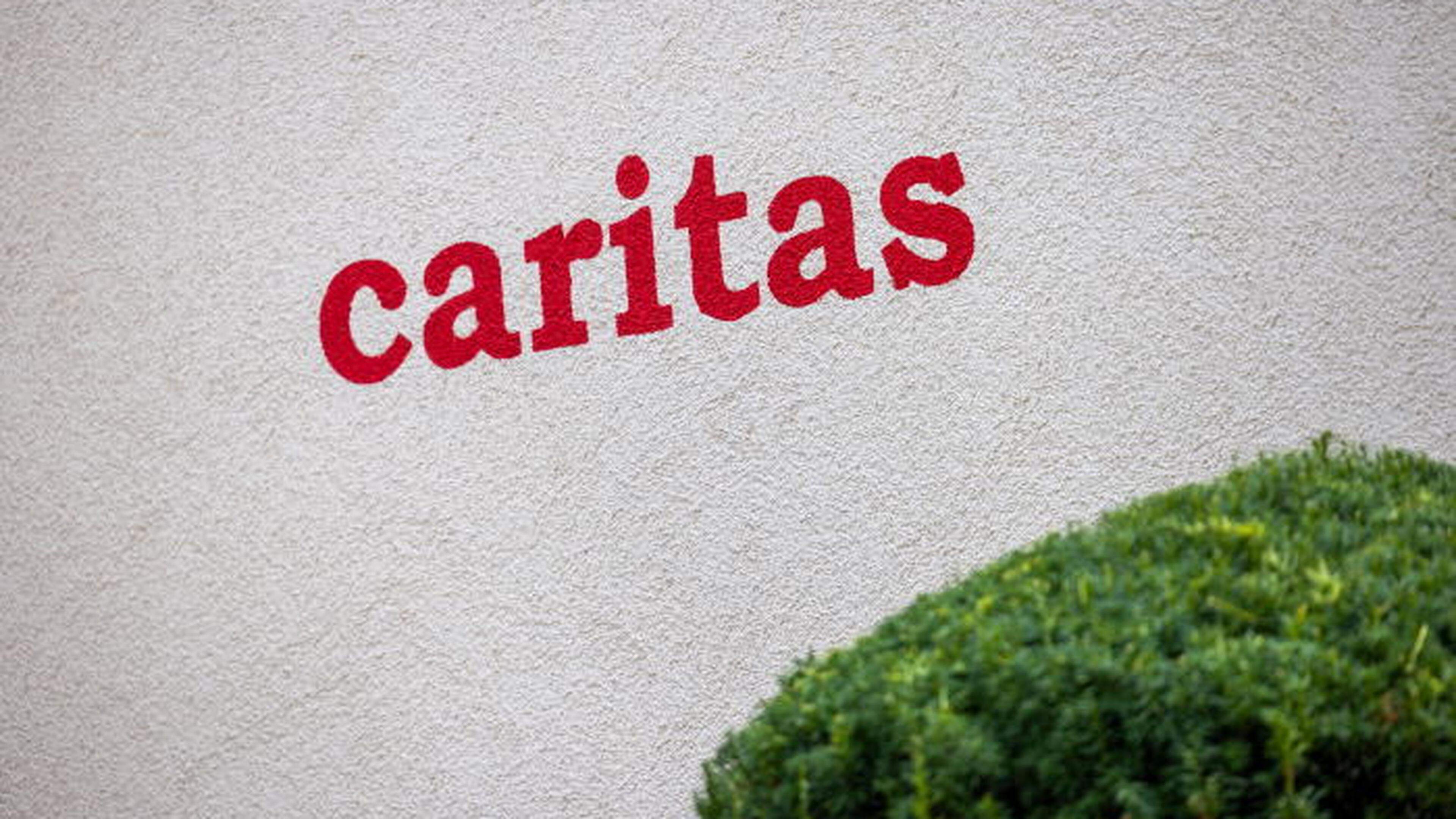From the shock Trump, the big loser is the dollar

US President Donald Trump’s stifling attack on the global trade system through duties has also shocked the dollar, undermining markets’ belief that the United States is the source of safer financial assets in the world – mainly in US bonds.
In the last ten days of April, a major upheaval broke out in the market, as investors from all over the world have sold the US dollar, US shares and US government securities at the same time. The situation was stabilized only when Trump withdrew his threats from prosecuting US Federal Bank President Jerome H. Powell, and when Finance Minister Scott Bessed tried to reassure foreign officials that trade would be convened.
The uncertainty of Trump movements coupled with the big US debt and the threat of duties that can even bring about recession have begun to raise the first concerns about the dollar reign as the global reserve currency, which accounts for about 59% of all foreign exchange reserves. The euro comes second with 20%. Also, 64% of world debt is valued in dollars, while more than 50% of world payments are made. In addition, 54% of commercial invoices around the world have been in dollars in recent years, according to data from the Brookings Institute.
A massive flight from the dollar would raise the cost of borrowing worldwide, raise the prerequisites for a major stock market crisis, and create major problems in all central banks, as the equivalents would be drastically changed with direct impacts on foreign exchange and competitiveness costs.
The euro.
Shock Trump has now led the euro to a three -year -old over the US dollar, with European Central Bank Vice President Luis de Ginto seeing the euro in a good position even to become an alternative to the dollar as a key reserve currency if Europe is playing well.
The threat of the dollar from Trump policies is real, as the single currency has increased more than 10% over the US since the beginning of this year, with the exchange rate reaching high three years ago, over $ 1.15. The lowest level of the euro in the last twelve months was $ 1,014 and the highest is $ 1,157, a parity recorded on April 21 amid uncertainty about duty war. Analysts and economists are now referring to a continuing euro rise this year to 1.20 against the dollar.
At the same time, yields on US 10 -year bonds remain stable above 4.20%, with tendencies moving much higher each time the White House increases its aggressive rhetoric.
All this while economists expect that the trade war will further harm the dollar, as well as the markets of US shares and bonds. UBS already provides for a new report provides for the ongoing weakness of the US currency and the turn of investors, governments and central banks to more gold.
Each 5% rise from the euro and other coins against the dollar reduces 1.5 to 2 percentage points to increase profits in the MSCI Europe index, Morgan Stanley’s strategic analysts estimate, describing large currency movements as a broad basis for shopping and businesses.







